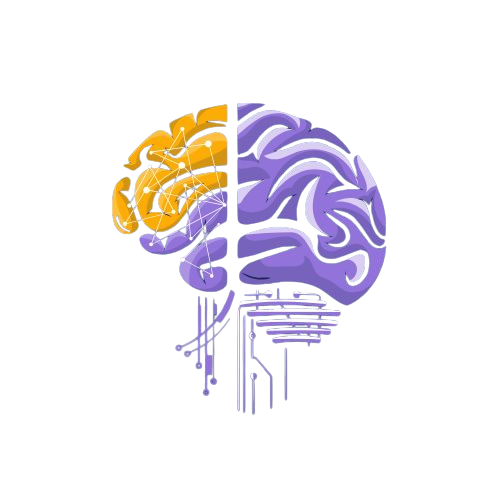
For nearly 4 billion years, nature has been the world’s smartest inventor, designing everything from the flight of birds to the strength of spider silk. But here’s the real question: how can we turn those amazing natural ideas into real-world technologies? And is copying nature the same as learning from it? In this guide, we’ll explore the exciting field of biomimetics and break down what makes it different from concepts like biomimicry and bionics. You’ll discover how truly understanding nature — not just imitating its looks — is helping us create smarter, greener solutions for the future. 🌿🔬
Table of Contents
For 3.8 billion years, nature has been conducting the most extensive research and development program in the history of the planet. Through the relentless process of evolution, living organisms have developed highly efficient, resilient, and sustainable structures, surfaces, and systems to solve complex problems of survival [1]. The emerging discipline of biomimetics seeks to tap into this vast, publicly available R&D lab, learning from and emulating nature’s time-tested strategies to address some of humanity’s most pressing challenges in energy, materials, architecture, and medicine [2]. It is a field built on a simple but profound premise: the solutions we seek are often all around us, encoded in the genius of the living world.
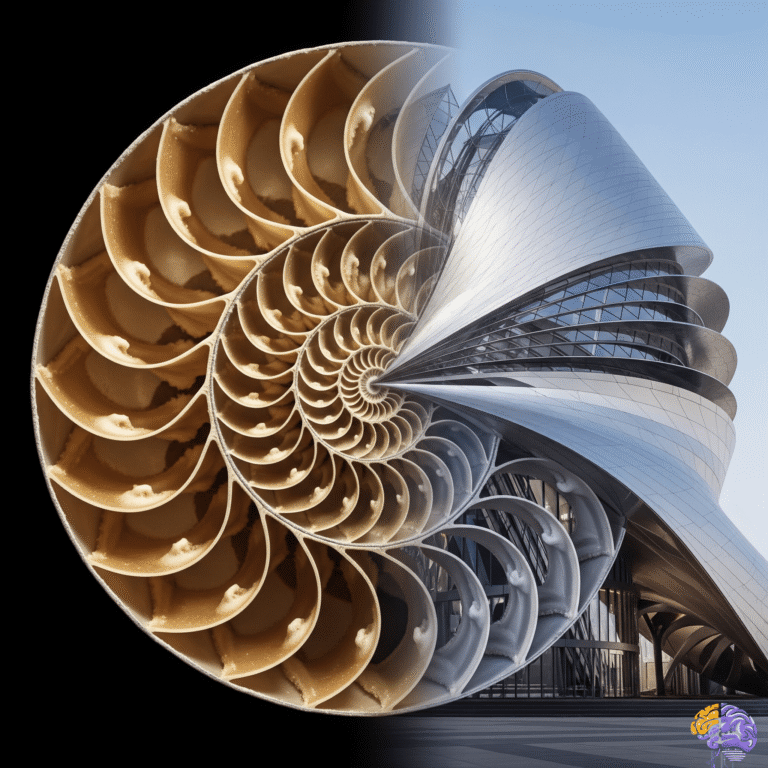
At its core, biomimetics is the practice of emulating the models, systems, and elements of nature to solve complex human problems [2]. The term itself is derived from the Ancient Greek words
βίος (bios), meaning ‘life’, and μίμησις (mīmēsis), meaning ‘imitation’ [2]. This approach is not merely about copying what nature looks like, but understanding
how it works. It involves the scientific study of the formation, structure, and function of biological substances, mechanisms, and processes—from the way a spider synthesizes silk to the way a forest ecosystem recycles nutrients—to create artificial products and systems that mimic these natural solutions [6].
This field of study has been called by many names, including “intellectual structure” in Japan and “smart material” in the United States. Still, the underlying concept remains the same: there is often no better model for innovation than nature itself [5]. By learning from biological blueprints, innovators can develop technologies that are not only novel but also inherently efficient and well-adapted, because they are based on principles that have been refined and proven successful over millions of years of evolution [4].
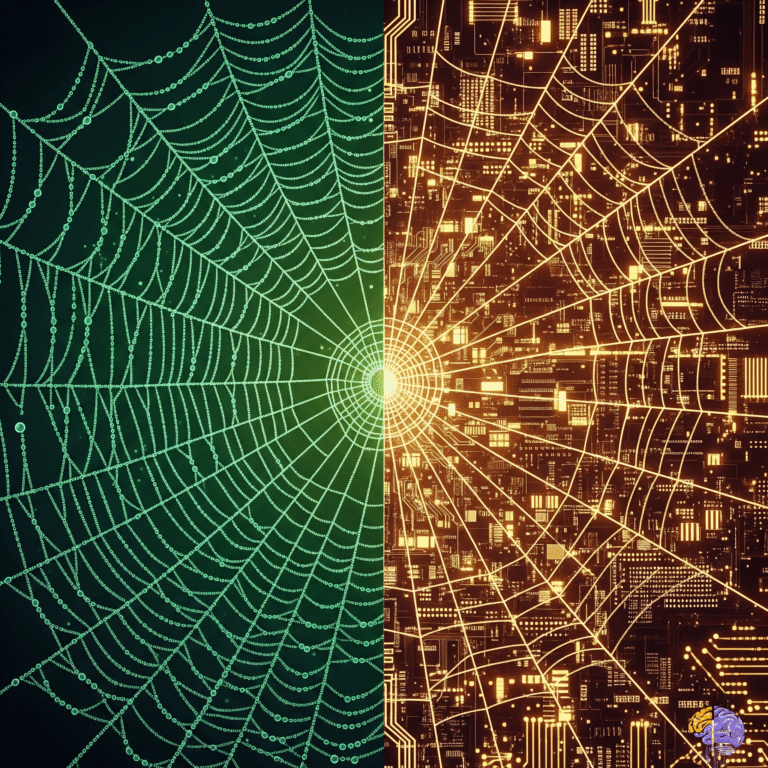
As the field of nature-inspired design has grown, so has the terminology used to describe it. The inconsistent use of terms like biomimetics, biomimicry, and bio-inspiration has led to considerable confusion, stemming in part from a lack of global standardization [6]. Clarifying these terms is essential, as the distinctions are not merely semantic; they reflect fundamental differences in philosophy, methodology, and goals.
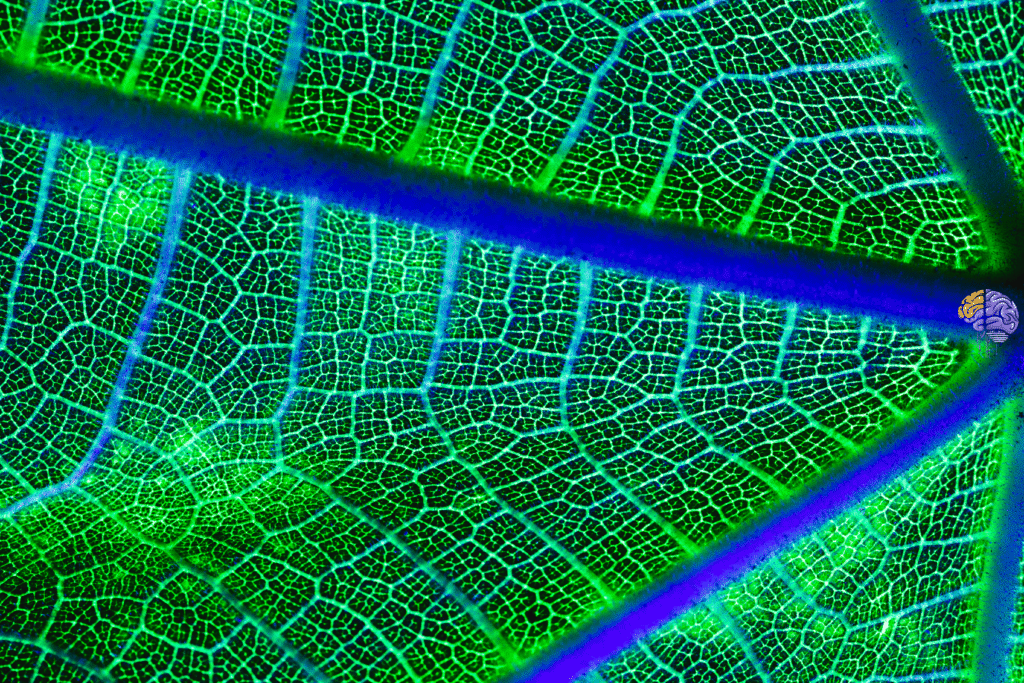
Biomimetics
This is the more technical and scientific term, first introduced by American physicist and biophysicist Otto Schmitt in the 1950s [6]. He coined the term while inventing the “Schmitt trigger,” a circuit that mimicked the propagation of nerve impulses in a squid’s nervous system [5]. As such, biomimetics is primarily concerned with the direct imitation of biological principles and mechanisms for use in technical applications, often with a focus on engineering and functional replication [6].

Biomimicry
Popularized by biologist and author Janine Benyus in her seminal 1997 book Biomimicry: Innovation Inspired by Nature, this term encompasses the imitation found in biomimetics but adds a crucial philosophical layer: a deep commitment to sustainability [2]. Benyus defines biomimicry as a “new science that studies nature’s models and then imitates or takes inspiration from these designs and processes to solve human problems” with an explicit emphasis on creating “conditions conducive to life” [2]. In this framework, nature is not just a model to be copied but also a “measure” for sustainable design and a “mentor” to learn from [2].

Bio-inspiration
This is the broadest and most widely accepted umbrella term [6]. It refers to any creative process that turns to biology and nature for ideas, regardless of how closely the final product emulates the original biological model [3]. Bio-inspiration can range from conducting detailed research on a specific species to simply finding inspiration in the geometric patterns of a leaf or shell [6].
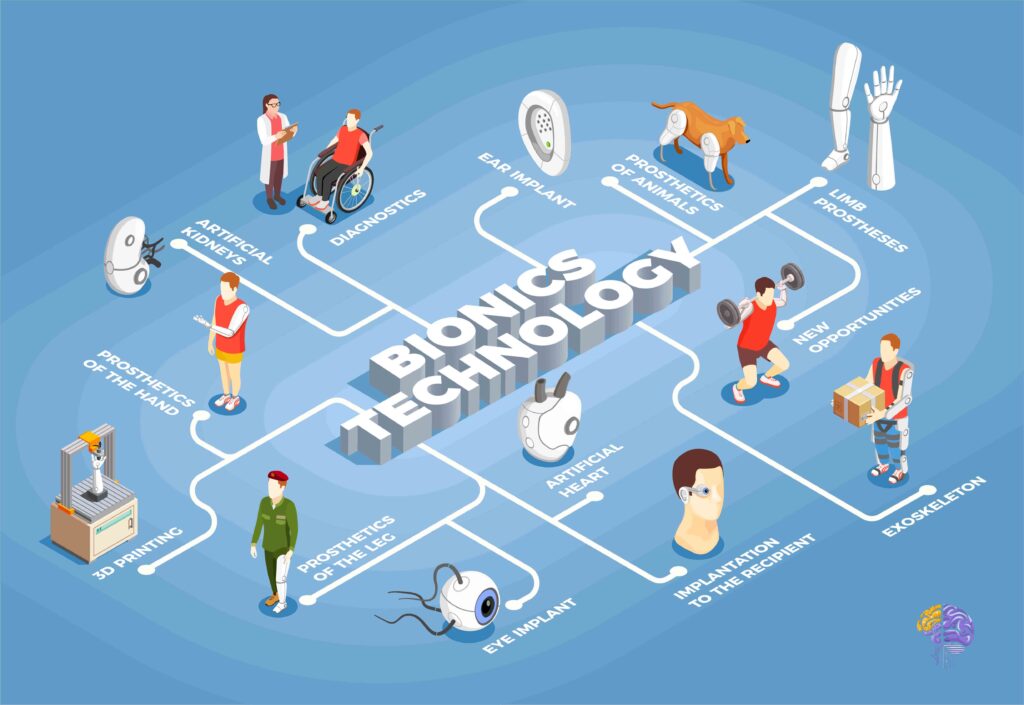
Bionics
Coined in 1958 by Jack E. Steele of the U.S. Air Force, bionics is a technical discipline focused on replicating, increasing, or replacing biological functions with electronic and/or mechanical equivalents [7]. It is closely related to biomimetics but often has strong associations with cybernetics and robotics [2].

Related Concepts
To complete the lexicon, several other terms are important. Biomorphism describes designs that look like nature but may not function like it. Bio-utilization involves the direct use of natural materials or organisms, such as using wood for furniture or a living wall to purify air. Biophilia is the term for humanity’s innate biological need to connect with nature, a concept that often informs architectural design [8].
This diverse vocabulary highlights a critical tension at the heart of the field. The distinction between biomimetics and biomimicry, in particular, points to a fundamental philosophical schism. An innovation can be brilliantly biomimetic—perfectly replicating a natural mechanism—but fail to qualify as biomimicry if its manufacturing process is toxic, its energy consumption is high, or its end-of-life is a landfill. This divergence represents two potential paths for nature-inspired design: one focused purely on technological advancement and another dedicated to technological advancement in service of ecological regeneration. This report will explore innovations along both paths, examining not only the cleverness of the imitation but also its alignment with nature’s deeper principles of sustainability.
|
Term |
Core Definition |
Primary Goal |
Key Example |
|
Biomimetics |
The technical imitation of biological principles, substances, and mechanisms in engineering and technology [6]. |
Functional replication and technological advancement [6]. |
Developing a waterproof glue that mimics the adhesive proteins produced by mussels [11]. |
|
Biomimicry |
A design philosophy that emulates nature’s strategies to create sustainable solutions to human challenges [2]. |
Sustainability and creating “conditions conducive to life” [6]. |
Designing a building’s cooling system based on termite mounds to eliminate the need for air conditioning [12] |
|
Bio-inspiration |
The overarching concept of looking to nature for ideas and inspiration in design and problem-solving [3]. |
To find novel ideas and solutions by observing nature [6]. |
An architect designing a building with flowing shapes inspired by the form of a seashell [6]. |
|
Bionics |
A technical discipline that seeks to replicate or replace biological functions with electronic or mechanical systems [2]. |
To create artificial systems that function like biological ones [9] |
Developing a prosthetic limb that responds to nerve signals. |
|
Biomorphism |
The practice of designing objects that visually resemble natural forms [8]. |
Aesthetic resemblance to nature [8] |
A chair designed to look like a flower, where the form is purely aesthetic. |
|
Bio-utilization |
The direct use of biological materials or living organisms as part of a design or technology [8]. |
To incorporate natural materials or processes directly [8]. |
Using wood to build furniture or installing a living plant wall to purify indoor air [8] |
|
Biophilia |
The innate human instinct and need to connect with nature and other living things [8]. |
To improve human health and well-being by fostering a connection to nature [10] |
Designing an office with abundant natural light, indoor plants, and views of nature [10] |
As we’ve seen, the field of nature-inspired design is far more than simple imitation. The crucial distinction lies in our intent: are we pursuing pure technological advancement, as in biomimetics, or are we committed to sustainable solutions, as in biomimicry? By understanding this diverse vocabulary, we can better appreciate the two powerful paths innovation can take. Ultimately, learning to read nature’s blueprint gives us the tools to not only advance our technology but also regenerate our world.
Why is this field of study considered so important?
Because nature has been conducting a 3.8-billion-year research and development program, creating highly efficient, resilient, and sustainable solutions to complex problems. By learning from these time-tested strategies, we can address some of humanity’s most pressing challenges in energy, materials, architecture, and medicine.
What is the most general term to use for this field?
The broadest and most widely accepted umbrella term is bio-inspiration. This refers to any creative process that turns to nature for ideas, regardless of how closely the final product emulates the biological model.
How is “bionics” different from “biomimetics”?
Although related, bionics is a more specific technical discipline focused on replicating or replacing biological functions with electronic or mechanical parts. It is strongly associated with cybernetics and robotics, such as developing a prosthetic limb that responds to nerve signals. Biomimetics is a broader field of learning from any of nature’s strategies.
Can you give a simple example of biomimetics versus biomimicry?
Yes. Developing a waterproof glue that mimics the adhesive proteins of mussels is a clear example of biomimetics. Designing a building’s entire cooling system based on the structure of termite mounds to eliminate the need for air conditioning is a prime example of biomimicry, as its goal is sustainability.
Is biomimetics just about copying what nature looks like?
No. The text emphasizes that biomimetics is not merely about copying nature’s appearance (a concept called biomorphism), but about understanding how it works. It involves the scientific study of the function of biological mechanisms and processes to create solutions.
What is the main difference between biomimetics and biomimicry?
The primary difference lies in their core goals. Biomimetics is the technical imitation of biological principles for technological advancement. Biomimicry, as defined by Janine Benyus, incorporates this imitation but adds a crucial philosophical commitment to sustainability. An innovation can be brilliantly biomimetic (functionally replicating nature) but fail to be biomimicry if it is not sustainable.
- zzBiomimicry from Sustainability to Regeneration – Jacobs, accessed on June 14, 2025, https://www.jacobs.com/reports/infrastructure/biomimicry-sustainability-regeneration
- Biomimetics – Wikipedia, accessed on June 14, 2025, https://en.wikipedia.org/wiki/Biomimetics
- Introduction: Bioinspired and Biomimetic Materials | Chemical Reviews – ACS Publications, accessed on June 14, 2025, https://pubs.acs.org/doi/10.1021/acs.chemrev.7b00552
- Biomimicry is Real World Inspiration – Carnegie Museum of Natural History, accessed on June 14, 2025, https://carnegiemnh.org/biomimicry-is-real-world-inspiration/
- Biomimetics: forecasting the future of science, engineering, and medicine – PMC, accessed on June 14, 2025, https://pmc.ncbi.nlm.nih.gov/articles/PMC4572716/
- Bio-Inspired Design Terminology – Bio Inspired, accessed on June 14, 2025, https://www.bio-inspired.com/bio-inspired-design-terminology
- The Complete History of Biomimicry (with Examples), accessed on June 14, 2025, https://www.learnbiomimicry.com/blog/history-of-biomimicry
- Biomimetics: its practice and theory – PMC, accessed on June 14, 2025, https://pmc.ncbi.nlm.nih.gov/articles/PMC1664643/
- Biomimicry: quite a story! – Bioxegy, accessed on June 14, 2025, https://en.bioxegy.com/post/biomimicry-quite-a-story
- What’s the Difference Between Biophilia & Biomimicry? – gb&d magazine, accessed on June 14, 2025, https://gbdmagazine.com/biophilia-vs-biomimicry/
- Nano-Biomimetics, accessed on June 14, 2025, https://web.stanford.edu/group/mota/education/Physics%2087N%20Final%20Projects/Group%20Gamma/index.htm
- Biomimicry in Architecture: 10 Nature-Inspired Examples – The Overview, accessed on June 14, 2025, https://www.theoverview.art/biomimicry-in-architecture-examples/
Let’s talk!
- Which natural designs do you think have the most potential for technological innovation?
- Have you seen any products inspired by nature that amazed you?
- If you could solve one problem using nature’s wisdom, what would it be?
💬 Drop your thoughts in the comments below — your perspective might inspire the next big idea!
